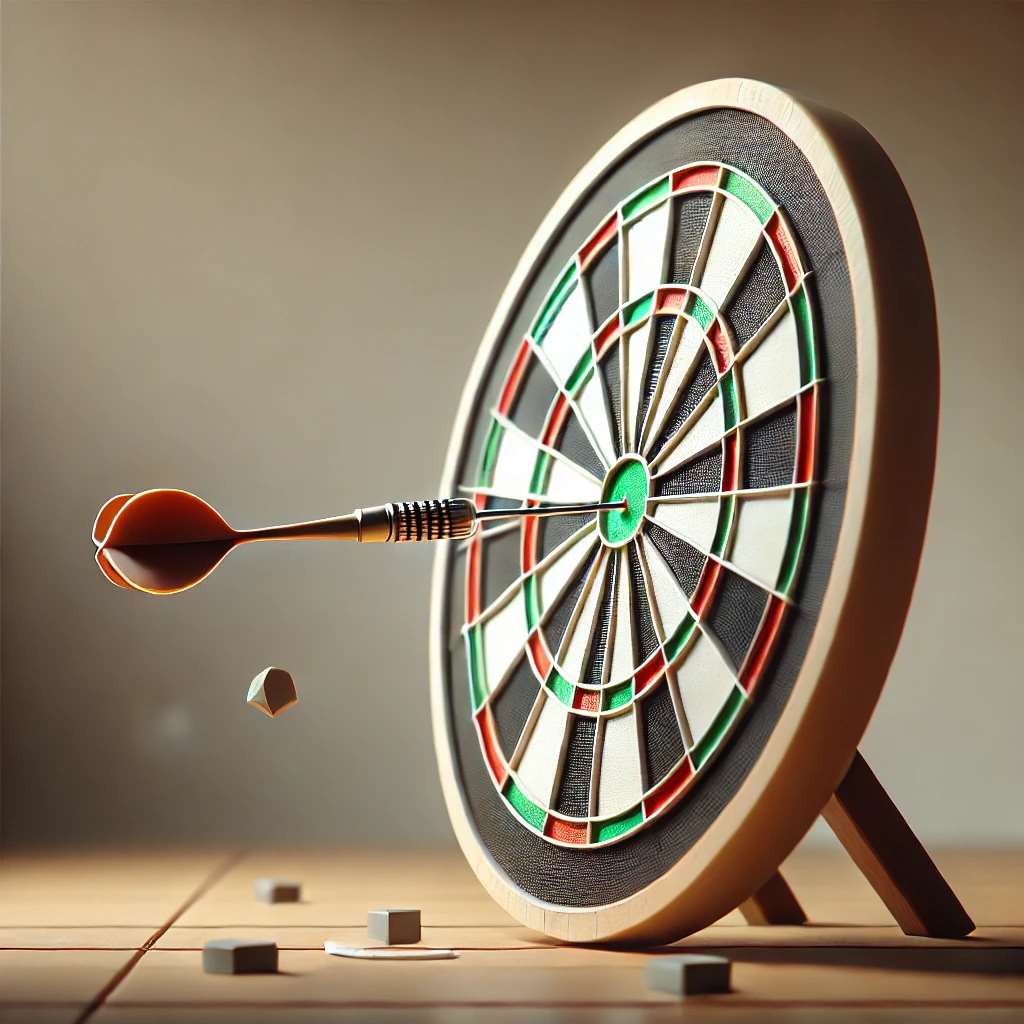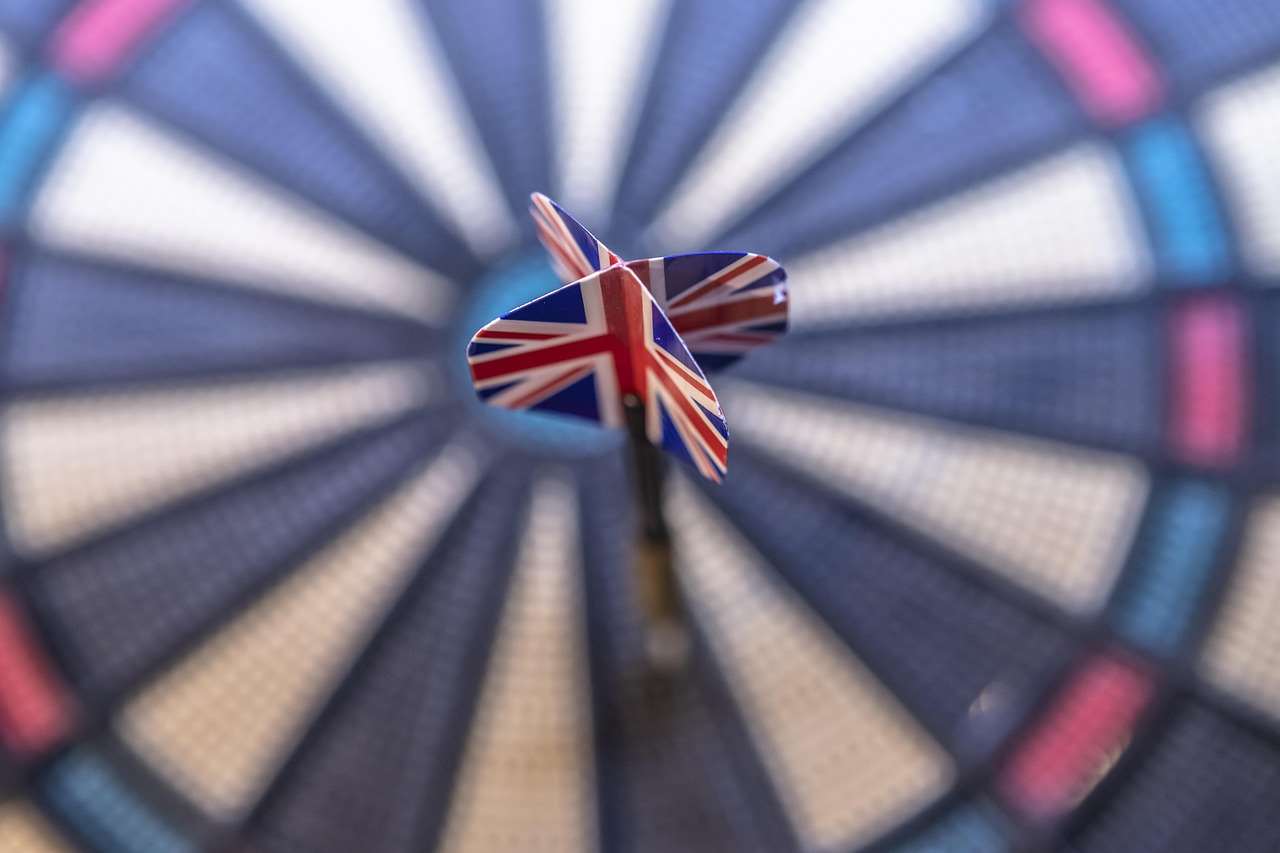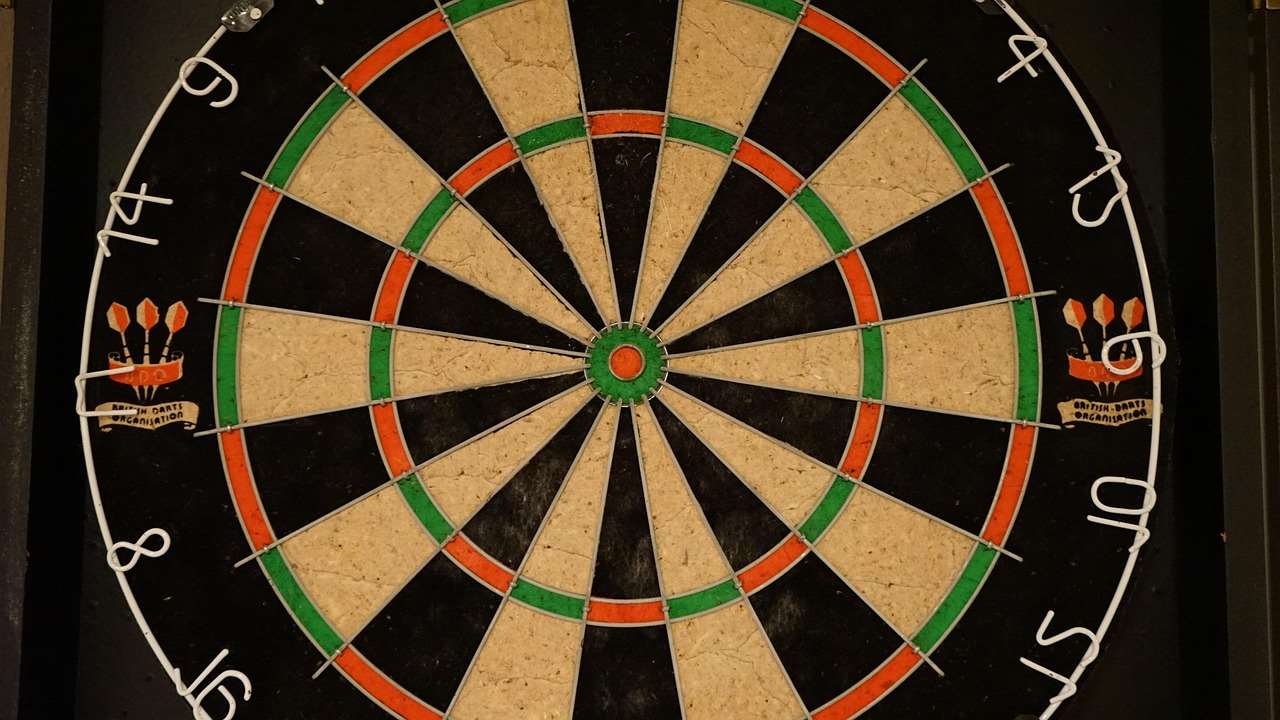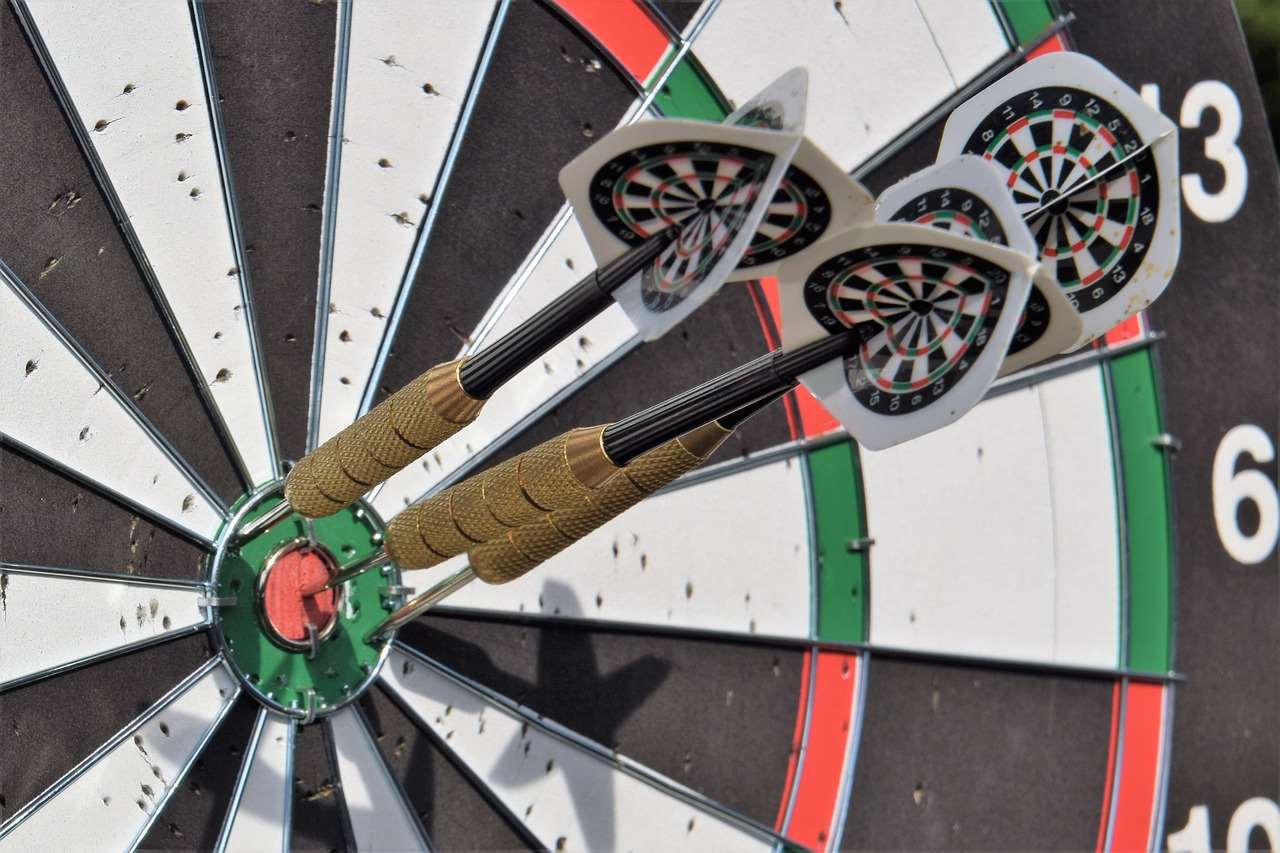Keeping score in darts can be tricky, especially with all the potential checkouts, but a reliable dartboard scorer is essential for fair play and improving your game. This article will explore different methods, from traditional manual scoreboards to modern electronic solutions, ensuring you can accurately track your progress and enjoy your matches. We’ll also cover tips for minimizing errors and maximizing your scoring efficiency.
⚠️ Still Using Pen & Paper (or a Chalkboard)?! ⚠️
Step into the future! The Dart Counter App handles all the scoring, suggests checkouts, and tracks your stats automatically. It's easier than you think!
Try the Smart Dart Counter App FREE!Ready for an upgrade? Click above!
The Importance of Accurate Dartboard Scoring
Accurate scoring is the bedrock of any darts game. Without it, fair competition is impossible, and you won’t be able to track your progress effectively. A miscalculation, even a small one, can completely change the trajectory of a match and lead to frustration. Whether you’re playing a casual game with friends or competing in a serious tournament, a reliable dartboard scorer is non-negotiable. Moreover, accurately tracking your scores allows you to analyze your performance, identify areas for improvement, and ultimately become a better darts player.
Why Manual Scoring Still Matters
Even with the rise of electronic scoring, understanding manual scoring methods remains valuable. What if the power goes out? Or your electronic scorer malfunctions? Knowing how to use a chalkboard or whiteboard, and familiarizing yourself with the traditional darts scoring system is a good backup, will ensure the game can continue uninterrupted. It also fosters a deeper understanding of the game’s mechanics.

Manual Dartboard Scorer Options: Chalkboards, Whiteboards, and More
For decades, chalkboards and whiteboards have been the go-to manual dartboard scorer options. They offer a simple, visual way to track the scores of both players. A basic setup usually involves two columns, one for each player, with the starting score (usually 501 or 301) at the top. As each player throws their darts, the score is subtracted, and the new running total is recorded. A dedicated space for noting the required out-shot (the number needed to finish the game) can also be helpful.
- Chalkboards: Classic and reliable, chalkboards are relatively inexpensive and easy to use. Chalk is readily available and erasable.
- Whiteboards: Offer a cleaner alternative to chalkboards, using dry-erase markers. They are also easily erasable and provide good visibility.
- Dry-Erase Scorecards: Compact and portable, these are excellent for on-the-go games. They typically feature pre-printed scoring columns and are reusable with dry-erase markers.
Tips for Effective Manual Scoring
Minimizing errors is crucial when using manual scoring methods. Here are a few tips:
- Designate a Scorer: Having one person solely responsible for scoring reduces the likelihood of mistakes.
- Double-Check Calculations: Before erasing a score, quickly verify the subtraction to ensure accuracy.
- Use Clear Handwriting: Legible numbers are essential to avoid confusion.
- Verbal Confirmation: Have the scorer announce the remaining score after each turn to allow players to confirm.
- If you want to improve your equipment, research target darts phil taylor.
Electronic Dartboard Scorer: A Modern Solution
Electronic dartboard scorer devices have revolutionized the game, offering automated scoring, digital displays, and advanced features that simplify the scoring process. These devices range from standalone units to integrated systems within electronic dartboards.
Benefits of Electronic Scoring
The advantages of using an electronic dartboard scorer are numerous:
- Accuracy: Eliminates manual calculation errors, ensuring precise scoring.
- Convenience: Automates the scoring process, freeing up players to focus on their game.
- Features: Offers advanced features such as game variations, player statistics, and checkout suggestions.
- Visibility: Provides clear digital displays that are easy to read, even from a distance.
- Check out this interesting article.

Types of Electronic Dartboard Scorer Devices
Several types of electronic scoring devices are available to suit different needs and budgets:
- Standalone Electronic Scorers: These are separate units that can be used with any standard dartboard. They typically feature a keypad for inputting scores and a digital display for showing the running totals.
- Electronic Dartboards with Integrated Scoring: These dartboards have built-in scoring systems that automatically detect where the darts land and calculate the score. They often include a variety of game options and player profiles.
- Dartboard Apps: These apps transform your smartphone or tablet into a digital scorer. Players manually enter the values of each dart into the app, which then handles the calculations. Automatic dart scoring app can be used to improve your games.
Choosing the Right Dartboard Scorer for You
The best dartboard scorer depends on your individual needs, budget, and preferences. Consider the following factors when making your decision:
- Budget: Manual scoring methods are the most affordable, while electronic scoring devices can range from moderately priced to quite expensive.
- Frequency of Play: If you play darts frequently, an electronic scorer may be worth the investment for its convenience and accuracy.
- Features: Determine which features are most important to you, such as game variations, player statistics, and checkout suggestions.
- Ease of Use: Choose a scorer that is easy to set up, operate, and understand.
- Also consider the double dart board cabinet options.
Understanding Checkout Charts and Strategies
A crucial part of darts scoring, especially at higher levels of play, involves understanding checkout charts and developing strategies for finishing the game efficiently. A checkout chart displays the optimal dart combinations for finishing the game from various remaining scores. Learning these combinations can significantly improve your game.
Effective checkout strategies typically involve aiming for doubles, as the game must be finished on a double. Familiarizing yourself with common checkout routes, such as 32 (double 16), 40 (double 20), and 50 (bullseye), is essential. A good dartboard scorer can help you track your progress in mastering these checkouts.

Minimizing Scoring Errors: Best Practices
Regardless of whether you choose a manual or electronic dartboard scorer, minimizing errors is crucial for a fair and enjoyable game. Here are some best practices to follow:
- Designated Scorer: Assign one person to be the official scorer for each game. This helps reduce confusion and ensures consistency.
- Clear Communication: Encourage clear communication between the players and the scorer. The scorer should announce the score after each turn, and the players should verify the score before the next turn begins.
- Double-Checking: If using a manual scorer, double-check all calculations before erasing or changing any scores.
- Regular Calibration: If using an electronic scorer, ensure that it is properly calibrated and functioning correctly.
- Perhaps this is something for you.
Troubleshooting Common Scoring Problems
Even with the best intentions, scoring errors can sometimes occur. Here are some common problems and how to troubleshoot them:
- Incorrect Calculations: If you suspect an error in the score, review the previous turns and recalculate the scores.
- Misread Darts: If a dart lands close to a wire, it can be difficult to determine which segment it landed in. In these cases, get a consensus from all players.
- Electronic Scorer Malfunctions: If an electronic scorer is malfunctioning, try resetting it or consulting the user manual for troubleshooting tips.
Advanced Dartboard Scorer Techniques
For more serious players, understanding and utilizing advanced scoring techniques can provide a competitive edge. This includes mastering mental arithmetic, memorizing common checkout combinations, and accurately predicting your opponent’s next move based on their remaining score.
Using Statistics to Improve Your Game
Tracking your statistics, such as your average score per dart (SPD), your checkout percentage, and your number of 180s, can provide valuable insights into your game. Many electronic dartboard scorer devices and apps offer built-in statistical tracking features. Analyzing these statistics can help you identify areas for improvement and tailor your practice sessions accordingly.

The Future of Dartboard Scoring: What’s Next?
The world of dartboard scorer technology is constantly evolving. We can expect to see further advancements in electronic scoring devices, including improved accuracy, more sophisticated features, and seamless integration with online platforms.
AI-Powered Scoring and Analysis
One exciting possibility is the integration of artificial intelligence (AI) into dartboard scoring systems. AI could be used to provide real-time feedback on your throwing technique, suggest optimal checkout strategies, and even predict your opponent’s moves. AI-powered scoring could revolutionize the way darts is played and practiced.

Conclusion
Choosing the right dartboard scorer is a vital step in enhancing your darts experience. Whether you prefer the simplicity of manual methods or the convenience of electronic solutions, accuracy and reliability are paramount. By understanding the different options available, minimizing errors, and utilizing advanced techniques, you can ensure fair play, track your progress, and ultimately improve your game. Now it’s time to head to the oche and practice! Remember to track your progress using your dartboard scorer, and you’ll be hitting those 180s in no time! And be sure you have the correct dart shaft lock for optimal play.
Hi, I’m Dieter, and I created Dartcounter (Dartcounterapp.com). My motivation wasn’t being a darts expert – quite the opposite! When I first started playing, I loved the game but found keeping accurate scores and tracking stats difficult and distracting.
I figured I couldn’t be the only one struggling with this. So, I decided to build a solution: an easy-to-use application that everyone, no matter their experience level, could use to manage scoring effortlessly.
My goal for Dartcounter was simple: let the app handle the numbers – the scoring, the averages, the stats, even checkout suggestions – so players could focus purely on their throw and enjoying the game. It began as a way to solve my own beginner’s problem, and I’m thrilled it has grown into a helpful tool for the wider darts community.